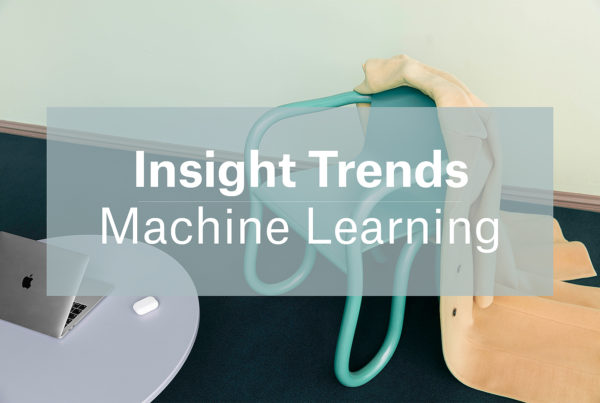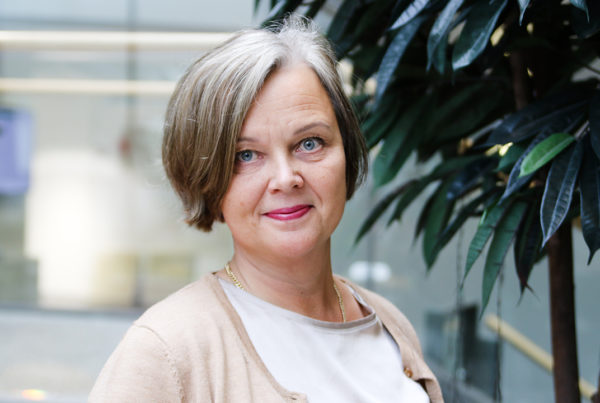Drawing over 1.2 million visitors a year into a single health-related digital hub is an achievement that the Finnish healthcare system can be truly proud of. The success of the Mental Health Hub (Mielenterveystalo), one of the pioneers in the field, has been recognized abroad, as the Guardian recently reported ‘what can the UK learn from Finland’s approach to mental health’.
Drawing over 1.2 million visitors a year into a single health-related digital hub is an achievement that the Finnish healthcare system can be truly proud of. The success of the Mental Health Hub (Mielenterveystalo), one of the pioneers in the field, has been recognized abroad, as the Guardian recently reported ‘what can the UK learn from Finland’s approach to mental health’.
To discover the key to success in providing digital health services, and to discuss the Virtual Hospital 2.0 project, we met Drs. Visa Honkanen and Pekka Lahdenne, two experts from the Hospital District of Helsinki and Uusimaa (HUS).
After Virtual Hospital 2.0 received major governmental funding, the project has spread like fire. During the next two years, the project aims at developing nationwide eHealth services both for the patients and healthcare professionals.
The most visible part of Virtual Hospital 2.0 is the Health Village (Terveyskylä), which hosts over ten virtual hubs in various speciality areas such as mental health, weight management, women’s health, and rare diseases. By the end of 2018, there will be more than thirty in place. Visa Honkanen, Development Director of HUS and Head of Virtual Hospital 2.0, underlines:

“People search for health-related information online; the important question is whether they will find reliable or misleading information. It is the responsibility of healthcare professionals to be online.”
Currently, all Finnish university hospital districts participate in the project of building freely available digital health services. Each district is also responsible for constructing the services they provide through referrals, such as digital support for patients’ treatment pathways. Besides the information offered to patients and their families, Health Village hosts separate content for healthcare professionals. Pekka Lahdenne, Head of Digital and Innovation Services from the Department of Children and Adolescents at HUS, explains:

“Digitalization offers also new opportunities for developing everyday work at the hospital. Most importantly, it is all about change and how to lead it. The New Children’s Hospital will provide a great environment to build new practices and to develop the existing ones.”
TRIPLE-AIMS OF DIGITAL HEALTH SERVICES
According to Honkanen and Lahdenne, digital health services could improve the Finnish healthcare system in three different ways:
- Increased quality of care. Digital services provide a means to offer better customer service to a wider audience. At its best, eHealth is an easy and fast way to connect patients with health-related information and healthcare professionals, regardless of time and place.
- Better access to top-level service. Digital solutions offer ways to provide special healthcare services to people who haven’t previously had access. This will also alleviate regional inequality in sparsely populated Finland, and gather fragmented services into one place.
- Cost-effective treatment. If utilized and targeted meaningfully, digital services have proven to be cost-effective. By providing online services for most patients limited resources at the hospital can be better targeted to those who might not be capable of using online services, such as the elderly and immigrants.
New tools also bring challenges. First of all, both technology and medical information develop constantly, and digital tools need to be updated regularly. The key to success lies in the collaboration between healthcare professionals, content producers, digital experts, and service designers. Integrated research projects will also help to develop these processes.

SNEAK PEEK INTO NEW CHILDREN’S HOSPITAL
The New Children’s Hospital (Uusi Lastensairaala) will offer a great environment to integrate digital services to improve hospital processes. Pilot projects are ongoing, and functional planning of the space and digital solutions will play a major role in the new building opening in 2018.
“The main thing is to integrate new digital solutions to existing processes that will lead to a completely new way of doing things. It’s like a new marriage with new habits”, postulates Lahdenne.
What could digitalization mean in practice? Honkanen and Lahdenne shared a few concrete examples:
For the patients:
- Remote monitoring could help to improve the monitoring of chronic diseases, such as diabetes or epilepsy. In this way, the limited hospital resources could be better targeted for situations with real medical need, rather than scheduled checkpoints every three to six months.
- Symptom navigators could help the patients, or their concerned parents, to gather information about the symptoms and their severity, and to chat with a nurse before heading to first aid treatment in the midnight hours.
- Simultaneous digital translation assistance could improve the service of customers with rare languages without the need for a translator.
For the healthcare professionals:
- Digital solutions offer novel ways to lead work at hospitals. They will reveal bottlenecks and improve processes with the help of real-time resource information.
- Delivery of real-time information could smoothen the communication between healthcare professionals and patients’ family members. This would ease parent uncertainty as they could track the real-time location of their child. At the hospital, it would decrease the time used now for contacting family members.
As proved by the successful kick-start of Virtual Hospital 2.0, the second wave of digitalization is on its way to healthcare systems. If Finland wants to stay as one of the leading countries in the field, we should keep in mind Honkanen’s advice:
“When developing health technology and eHealth services, it should always be done from patients’ or healthcare professionals’ perspective. That’s where the most valuable ideas come from.”
Featured image attribution (New Children’s Hospital ): HUS-viestintä




